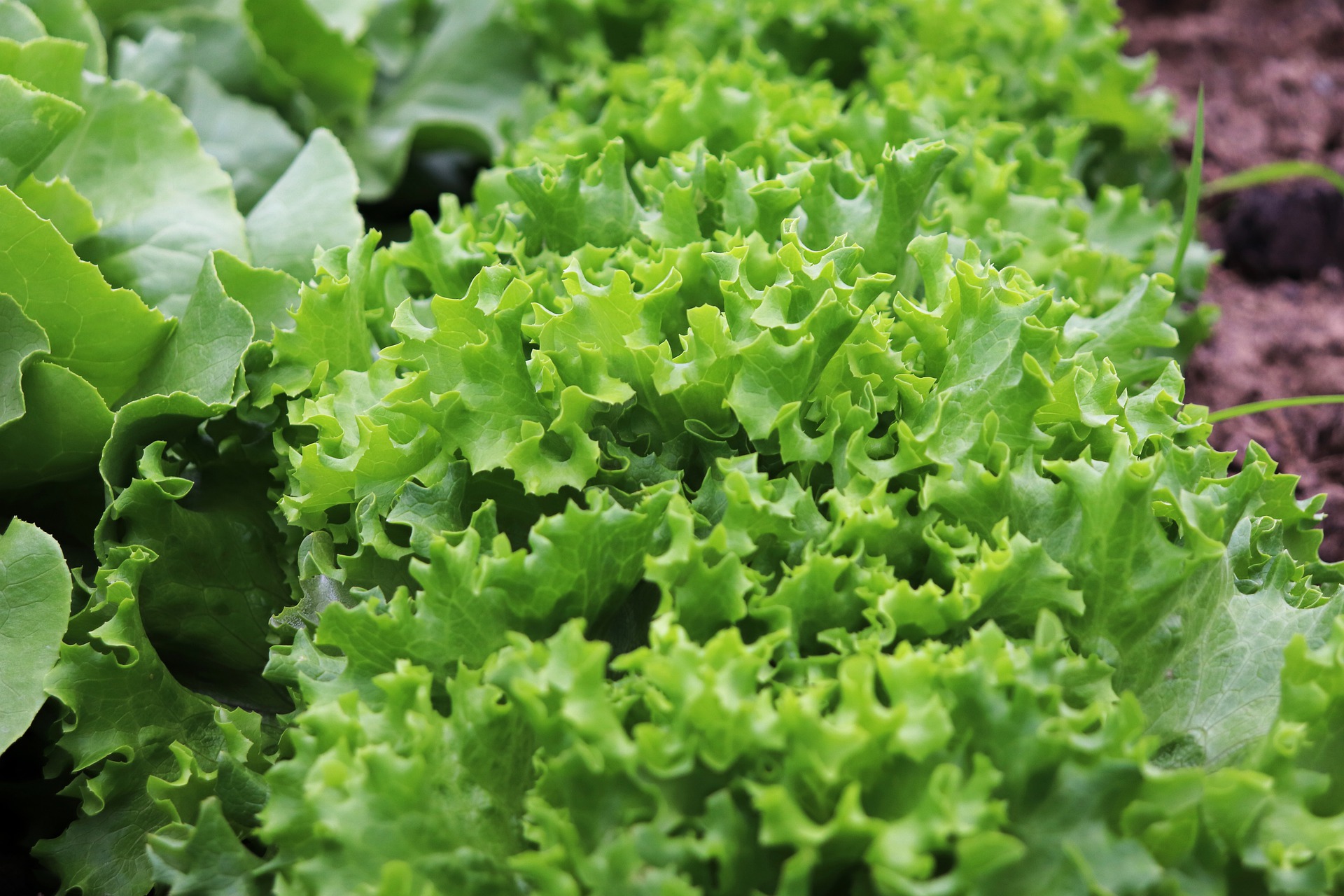The field water capacity for growing lettuce should not be less than 65%. Since lettuce has a shallow root system, only the top 15 cm of soil needs to be moistened during irrigation.
Generally, lettuce is irrigated using a localized drip irrigation system, with pipes placed on the ground, either with or without the use of PE (polyethylene) film. Sprinkler irrigation can also be used, but it increases the risk of fungal diseases due to the high humidity that forms around the lettuce rosette.
Drip Irrigation
Drip irrigation allows watering at any time of day, as there is no risk of shock from applying cold water to hot plant parts. Avoiding wetting the leaves also prevents the creation of favorable conditions for fungal diseases.
The system operates at low pressure, minimizing soil structure disruption, which is beneficial for lettuce growth. Due to the lower working pressure (0.3 – 1.5 bar), energy consumption is reduced. Localized water delivery minimizes the irrigated area, reducing water loss through evaporation or leaching, thus conserving water.
One of the main advantages of drip irrigation is the possibility of fertigation, i.e., the simultaneous application of liquid fertilizers with irrigation.
A significant issue in drip irrigation for lettuce is the clogging of drippers, whether mechanical or chemical. Dripper clogging is directly related to the quality of irrigation water and its physical, chemical, and microbiological factors. Mechanical clogging can be prevented with filters. Chemical clogging occurs due to the formation of insoluble salts at the opening or inside the dripper.
The drip irrigation system consists of:
- A drive unit with a system head,
- A filtration device,
- A main pipeline,
- Lateral or distribution pipes,
- Drippers.
The system is characterized by drippers, which reduce the working pressure from the pipes and release water onto or into the soil in the form of drops.
This irrigation method includes two systems: surface and subsurface irrigation.
In surface irrigation, pipes and drippers are placed above the soil or on the soil surface, while in subsurface irrigation, they are buried in the soil.
Proper water dosing is very important in irrigation practice.
There are two main elements in water dosing:
- Irrigation dose
- Timing of irrigation
The irrigation dose is the amount of water applied in a single irrigation (m³/ha or mm). The dose should moisten the soil to the field water capacity, meaning it depends on the soil type. To determine the irrigation dose, the soil moisture before irrigation and the soil’s water properties must be known. The difference between the field water capacity and the current water content in the soil represents the irrigation dose.
The timing of irrigation is the exact moment to apply the irrigation dose, which is crucial for successful and efficient irrigation. If the timing is determined “by eye,” the irrigation may be inefficient or even harmful. To achieve the optimal timing and determine the correct irrigation dose, and thus ensure efficient and rational water use, it is necessary to use soil moisture meters.













































